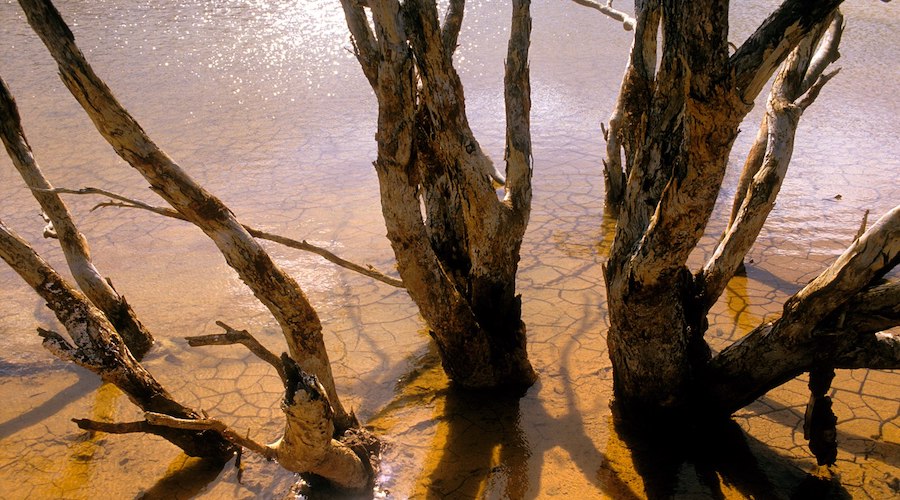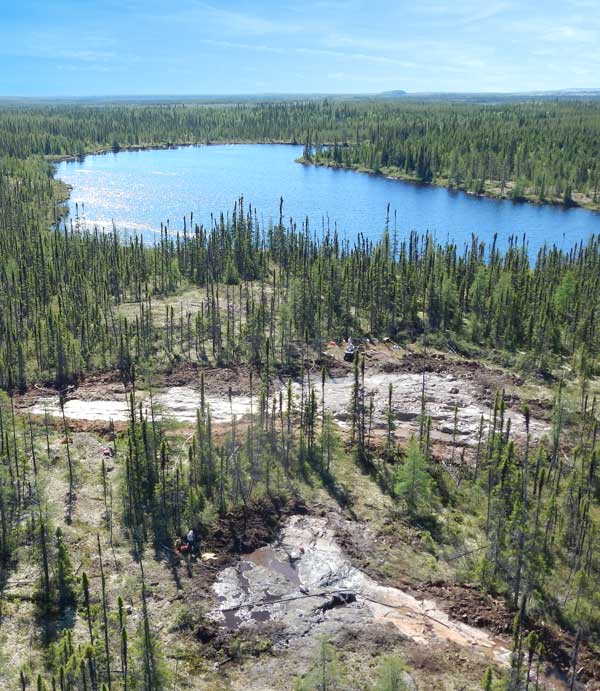Researchers push for using microbes to recover minerals, store carbon from mine tailings

Researchers at the University of Waterloo have developed a new technique that uses microbes to recover metals and store carbon from mine tailings.
In a paper published in the journal Plos Biology, the scientists explain that old tailings contain high amounts of critical minerals that can be extracted with the help of microbes through a process called bioleaching. The microbes help break down the ore, releasing any valuable metals that weren’t fully recovered in an eco-friendly way that is much faster than natural biogeochemical weathering processes.
Weathering is the breakdown of rocks through chemical and physical processes. Microbes contribute to weathering by attaching to mineral surfaces, generating rock-dissolving acids through fermentation and respiration, releasing chelating compounds, and using minerals as starting materials for energetically favourable redox reactions.
“We can take tailings that were produced in the past and recover more resources from those waste materials and, in doing so, also reduce the risk of residual metals entering into local waterways or groundwater,” Jenine McCutcheon, lead author of the study, said in a media statement.
In addition to allowing for resource recovery, the microbes capture carbon dioxide from the air and store it within the mine tailings as new minerals. This process aids in offsetting some of the emissions released while the mine was active and helps stabilize the tailings.
The article points out that weathering of alkaline mine tailings produces solutions rich in dissolved magnesium and calcium, which react with CO2 to form carbonate minerals, thereby providing a pathway for direct air capture of atmospheric CO2. Microbes, including cyanobacteria, ureolytic bacteria, and sulphate-reducing bacteria accelerate carbonate mineral precipitation reactions.
As an example, the paper mentions a recent trial of these biogeochemical processes applied to mine wastes from a diamond mine demonstrated that cyanobacteria could contribute to both mineral weathering and subsequent microbial mineral carbonation.
According to McCutcheon, the experiment showed that microbial mineral carbonation could offset more than 30% of a mine sites’ annual greenhouse gas emissions if applied to an entire mine. In addition, this microbial-driven technique gives value to historical mine tailings that are otherwise considered industrial waste.
“This technique makes better use of current and past mine sites,” the researcher said. “Rethinking how future mine sites are designed in order to integrate this process could result in mines that are carbon neutral from the get-go rather than thinking about carbon storage as an add-on at the end.”
In her view, this technology is a potential game-changer in the fight against climate change, and the mining industry has a unique opportunity to play a significant role in the future of green energy.
McCutcheon further believes that the microbial-driven processes could help the industry move even towards carbon-negative mining. However, she notes that industry engagement is critical to move this technology toward large-scale deployment.
More News
California start-up launches next-generation magnesium production technology
May 28, 2025 | 03:09 pm
{{ commodity.name }}
{{ post.title }}
{{ post.date }}


Comments